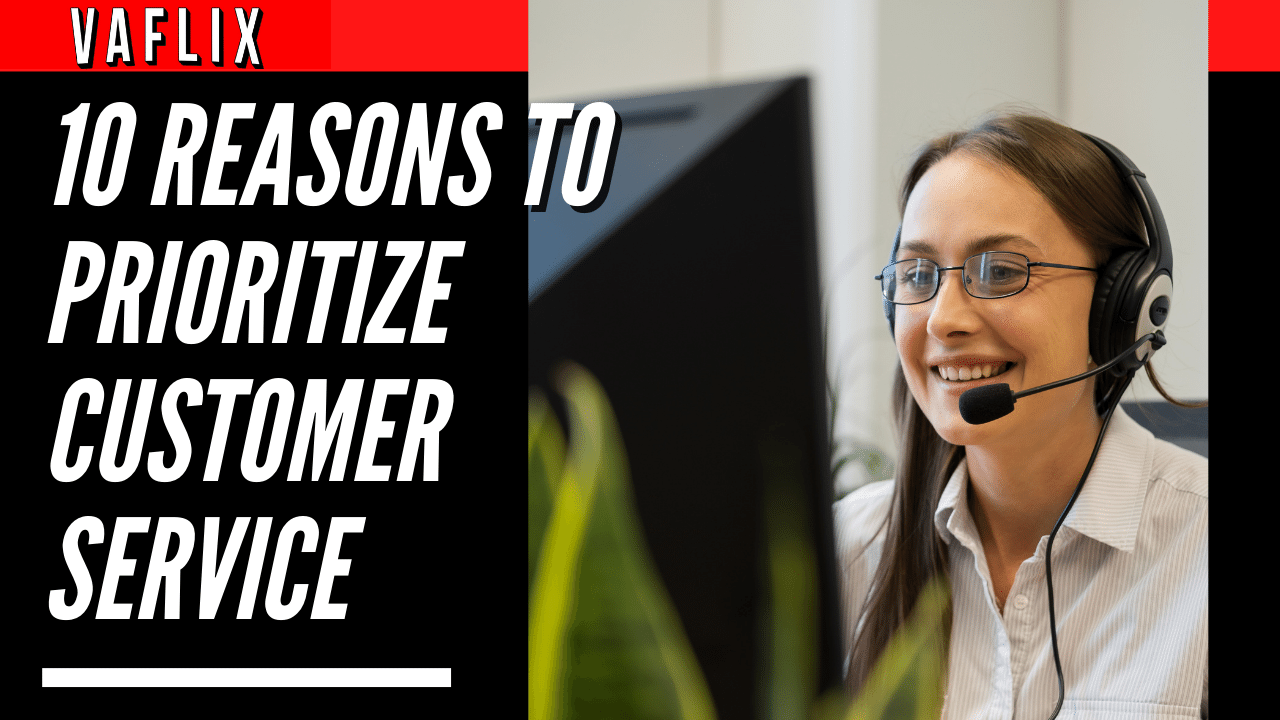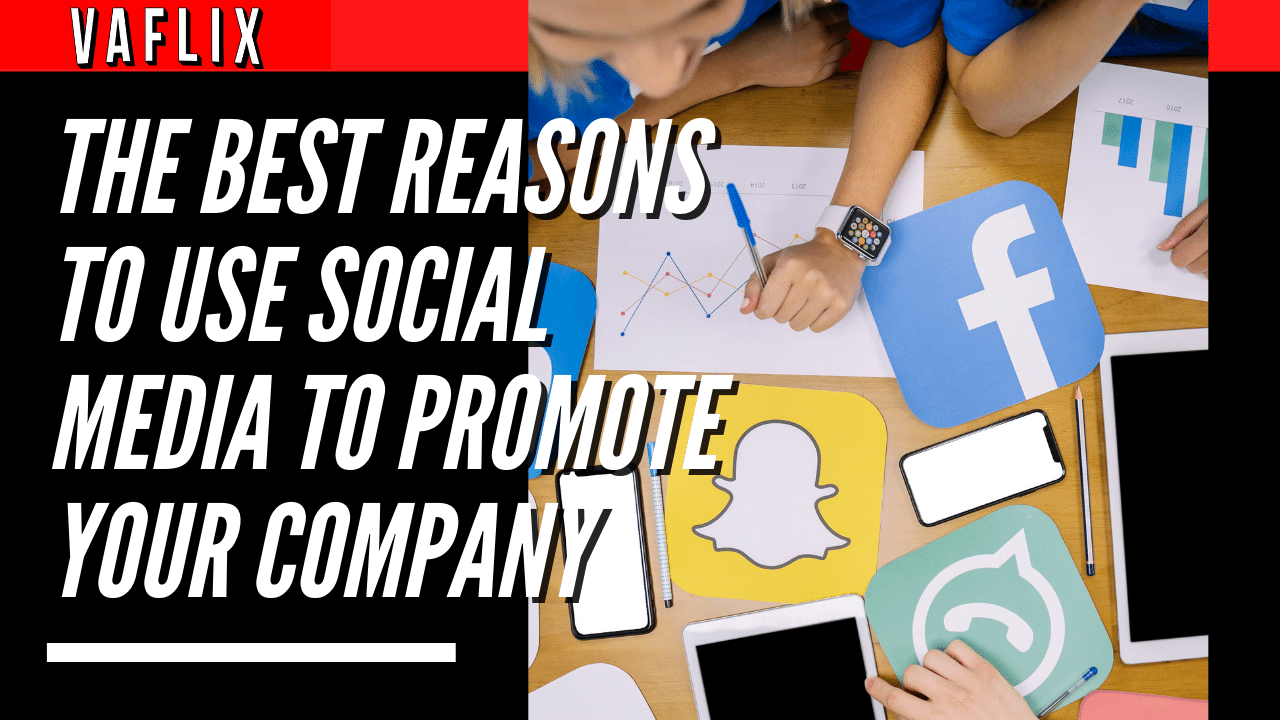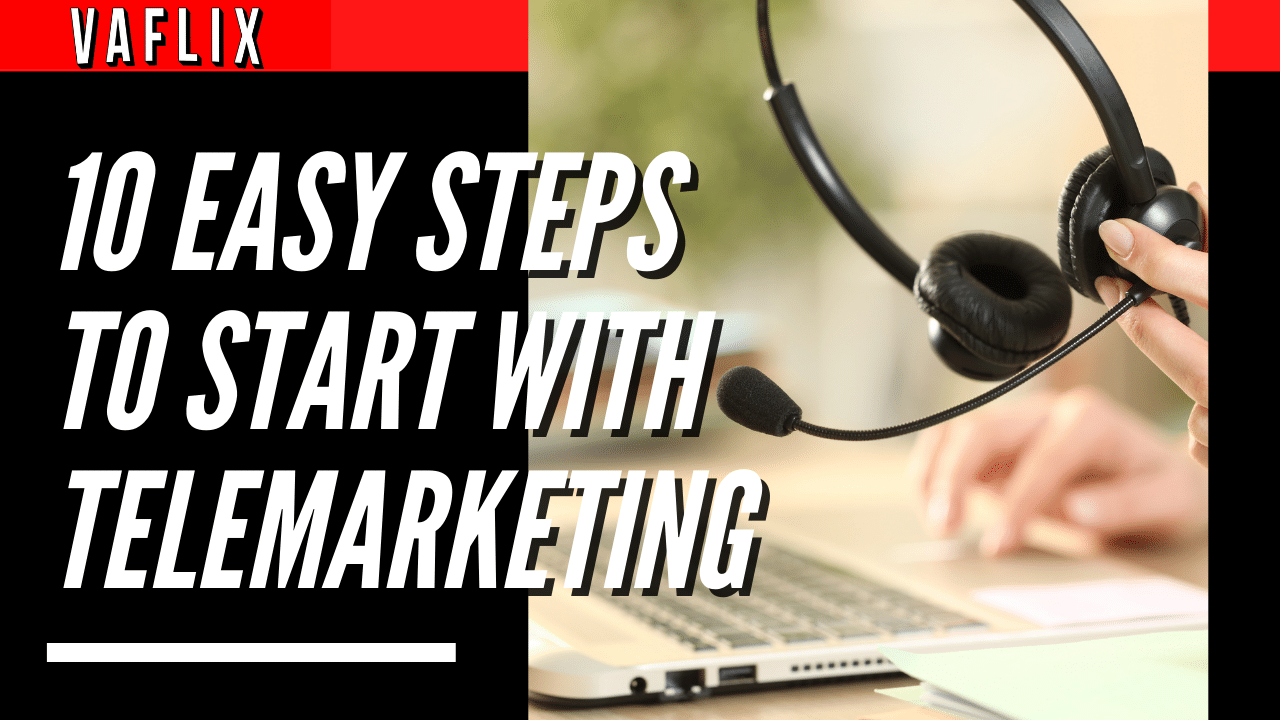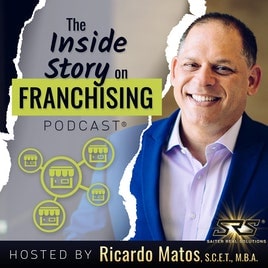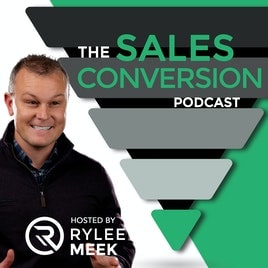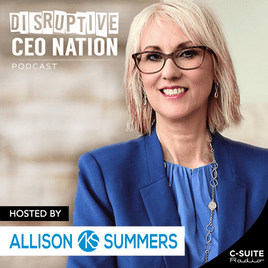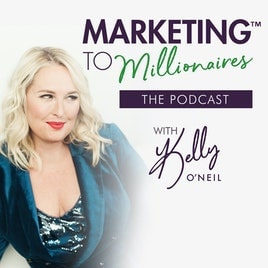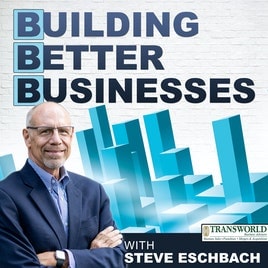Sales for Busy Entrepreneurs: Generating Leads
Thinking of Hiring a Virtual Assistant?
Following up on the article we produced the previous month that covered the fundamentals you need to know before professionalizing your sales approach, we would like to say hello and welcome you to the second part of our blog series titled “Sales for Busy Entrepreneurs.” Now that we’ve got that out of the way, let’s talk about lead generating. In this piece, we’ll discuss the value of using directories and listings, as well as the significance of building professional relationships (while keeping in mind the need to have a strong elevator pitch at the ready!).
So, let’s begin!
Using directories and crawling the web
There are a variety of directories available, from hard copies of the Yellow Pages to online directories of local businesses that may be found on the websites of local chambers of commerce. If you are in the B2B market, this is a simple approach to locate prospects to qualify; but, as with any activity that does not demand a significant amount of work on your part, the results may not be as good as you had hoped for them to be. This is an example of putting “quantity above quality” into practice. Having said that, company directories are an excellent location to begin building a sales database of potential sales leads. Make an effort to focus on certain industries. Think about who your “perfect client” is and what they do on a daily basis, as well as where you may locate others like them.
To generate a large list of prospects to get in touch with, one strategy that requires more time and work but might potentially be more fruitful is to invest some effort into discovering smaller websites that are more focused on a certain specialty. These individuals won’t be used to fighting off as many sales communications since it will be more difficult to discover them (which means they are more likely to be interested in what you have to offer). If you are in the business of selling lawnmowers, you should find out if there is a local group that gets together on a regular basis for people who are passionate about gardening or if there is a trade show for people who run garden centers. Also, if you offer high-end ice cream, where can you locate a directory of ice cream shops in your immediate area? Where might one locate a gathering of people who have a passion for ice cream? You should give careful consideration to the people you are seeking to contact and determine whether or not it would be possible to do so by joining an organization that caters to their interests or becoming a member of one of their hobby clubs. The use of social media as well as networking is quite beneficial for something like this.
Networking and the importance of an elevator pitch
Networking is essential for business-to-business sales, particularly ones that need quite a significant commitment on both sides of the transaction (such as a lengthy service contract). Yes, it may take up a lot of your time, and if you’re not the most charming person in the world, it can be challenging to get started with it at times. We are able to guarantee that if you go to the “right” events and go with a clear reason in your mind for why you are there (for example, to find a new client), networking really does offer the best return on your time investment compared to almost all other sales processes. This is because networking allows you to meet new people who are interested in what you have to offer. The world of business is always evolving. Through networking, you will meet some wonderful people who will become lifelong friends and with whom you will have a relationship for many years to come.
“Networking” might take place in a pretty formal manner, for example, at an industry event; alternatively, it can take place rather spontaneously when you’re out and about meeting new people in the course of your daily activities. To get things rolling, an excellent location to begin searching for opportunities to network is through your local chamber of commerce, as well as any alumni associations affiliated with universities or schools that you may be a part of. Meetup.com, which has hundreds of “meetups” organized around certain interests, is another option for locating events for professional networking. In every major city, there are a good number of business networking groups, some of which are more formal than others and, equally as important, some of which are more beneficial to attend than others. If you aren’t feeling particularly self-assured, you may want to consider attending the event with a friend or coworker. However, you should still make an effort to break out of your comfort zone and engage in conversation with other delegates there.
Attending events that include keynote speakers is an excellent way to network without having to worry about getting thrown into the deep end and having to chat to complete strangers for the whole of the evening. There is typically an opportunity to network before and after the main presentation at speaker events (as opposed to throughout the entirety of the evening), and the fact that you and your fellow delegates have come to see the speaker in question will provide you with a good starting point for a conversation. It’s possible that the speaker and you both work in the same field, or that you’ve both read a book that the speaker has written and published. Find out why the other delegates are there, and let the discussion run in its natural direction.
There are a few things that you can have ready in advance of any event that involves networking in order to make the most of the opportunity. To begin, be sure to have some business cards that have a professional appearance to give out, or at the very least, bring a pen and a notepad so that you can scribble down your information in case someone is interested in keeping in contact with you. It may seem obvious, but it’s important to remember people’s names and other pertinent information once you’ve met them. Failing to do so will not leave a favorable first impression. The next step is to ensure that you are adequately attired. It is important to take note that we do not say “smartly,” but rather “appropriately.” The vast majority of the time, if you go to an event in the gaming business, for example, dressed in a suit, you will stand out; however, we are unsure whether or not you will stand out in a positive manner. If you purchase a ticket to an expensive business conference at which a lot of high-ranking officials will be present, you should not show up wearing a t-shirt and jeans. Instead, you should dress appropriately for the occasion. You are not Mark Zuckerberg, so stop acting like you are and own the fact that you’re not! No matter how you decide to get dressed, make sure you’ve had a nice clean up beforehand. Nobody enjoys having stinky breath or hands that sweat excessively.
You should spend the most time possible preparing what is known as an “elevator pitch” in order to maximize your effectiveness at each networking event you attend. Around the time of the dot-com bubble in the late 1990s, when investment was being given out to pretty much anyone with an idea for a new website or new technology product, this concept began to gain popularity. At that time, investment was being given out to pretty much anyone with an idea for a new website or new technology product, regardless of whether or not it would gain any real transaction in the market. The concept of making a pitch in an elevator came up as a means for the founders of startups to prepare themselves in the event that they happened to be walking to an elevator at the same time as an investor or another influential person. You wouldn’t normally get the chance to speak to that person, especially alone, for any length of time, so imagine that you have from the time it takes for the elevator (or “lift” to us here in the UK!) to ascend from the ground floor all the way to the top, where presumably this person will be getting out. This gives you enough time to have a conversation with that person. People have different opinions on how long an elevator pitch should be; some think it should be approximately 15 seconds, while others say it should be between 30 and 60 seconds.
No matter how long it is, the primary objective of developing an elevator pitch and then rehearsing it is to guarantee that you are able to concisely and persuasively summarize what your company does (or what it might accomplish, if it’s still just a concept). Give it a go, it’s a good workout that you should check out. It will require you to come up with a brief explanation that is clear and concise, and it will guarantee that you just speak about the genuine advantages of the product or service that you have to offer, without rambling on about anything else. If you rehearse your elevator pitch enough times, maybe it will become second nature to you and be easy to say when the time comes. If you are at a loss for what to write about, you can always look for some motivational examples on our good friends Google and YouTube.
Building word-of-mouth referrals
It should come as no surprise that the simplest method for retaining consumers is to ensure that your current customers spread the word about your product or service to their personal networks. Because of this, your reputation is the asset that is worth the most to you. If you are selling to the end consumer, you need to encourage them to refer their friends and family members. On the other hand, if you are selling to other companies, you need to urge your customers to suggest you to others in your industry.
You can easily increase the number of recommendations you get by providing an excellent product that is supported by even better customer service. This is the simplest way to accomplish this goal. If you provide satisfied consumers with a compelling incentive to do so, there is absolutely no reason why they won’t tell others about your product or service. Additionally, there is no reason why this won’t result in an increase in the number of existing customers. Consider the most recent time you dealt with a business that provided you with a really terrible customer experience. How many other people were aware of the situation at the time? If a friend asked for your advice on which service provider is the best available, would you suggest recommending that firm to them? The same can be said about having excellent customer service and a product that has been thoughtfully created.
You may drive referrals even further by providing your current clients with a valuable incentive, such as a discount on future purchases or a free product, in exchange for word-of-mouth advertising about their positive experiences with your organization. Give them a discount coupon that they can use for themselves or pass on to their friends, grant them access to premium product features; enter them into a prize draw to win an iPad; the possibilities are almost limitless. If you provide previous clients an additional reason to do business with you again, you will have a greater chance of retaining those consumers. Think about what might encourage a customer to talk about your business the next time they get together with their friends, and use it as a starting point for your analysis. For some fields (or if you run a small local business), this could be something relatively insignificant, such as a monthly prize draw to win a bottle of champagne for anyone who refers a friend to you, for instance. On the other hand, a prize draw to win some tickets to the final of a Premier League football game would be more appropriate in other circumstances. Dropbox does a great job of offering more storage space to users who refer others to the service by using a link that the user has already provided. Consider what you are capable of doing, and then give it a go. Mention the referral program in your newsletters and other promotional materials. Additionally, ensure that it is presented in a straightforward manner on your website and that it is communicated to clients who visit your physical store or office, if you have either. Customers may be retained via the creation of enthusiasm.
Repeat custom
It is easy to forget that you may have already gathered many months’ worth of current clients, or even years’ worth of existing clients, while you are focused on getting as many new customers signed up as possible and increasing your revenue. Did you know that making a sale to a client who has made a purchase from you in the past is at least five times less expensive than attracting a new consumer?
Find a means to compile, in a single database, not only the clients who have purchased from you over the last few years (which will serve as your initial list), but also the clients who have purchased from you within the last few months (your second list). Find out why the people on the first list who aren’t on the second list haven’t purchased from you in recent times by calling them and asking them directly. These customers are fantastic warm leads since they have purchased from you in the past. If you haven’t done anything to upset them, there is no reason why they wouldn’t buy from you again; it’s possible that they just forgot about you (it happens!).
Follow up on your current client database on a regular basis in order to make the most of the sales opportunities that are available to you. This is an additional method for ensuring that you keep your customers. The same thing could be done every afternoon (for a business that ships physical goods) by looking over your sales history for the day up to that point, then calling each customer to ask if they would like anything else added to their order before it is shipped out. This would be an option for a business that ships physical goods. It is possible that the consumer may tell you that they were unable to discover the other products they were searching for on our website or that they were unaware that you offered a certain product. In any case, this information can be useful to you. Why not just add it to the order and then, after they’ve paid for the additional item and give them expedited delivery as a thank you for their business? If you go above and beyond what is expected of you, you will definitely separate yourself from the other competitors.
In light of this, make it a point to provide the same level of service to your current clientele as you do to new ones. There is nothing more frustrating than being an established, loyal client but not being provided anything special in exchange for your continued business while new customers are being courted with all kinds of attractive offers in an effort to win them over. In addition, businesses often overlook the fact that their current customers, as well as consumers who once purchased from them but have not done so for some time due to a particular reason, provide the finest sales opportunity possible. They are able to provide you with input on the reasons why they do or do not purchase from you at the present time. Maybe they believe your customer care staff does a fantastic job, but they find that your delivery delays are simply unacceptable. You may quickly smooth over issues with your company by using your current clientele as well as the sales databases you have. After all, the consumer does frequently know best, and keeping this fact in mind is how you keep clients as long as possible.
Advertising and promotional activities.
It’s possible that if you truly SHOUT about what it is that you have to offer, people may finally take notice of your business. This is particularly true if you provide a novel or specialized product, which means that people are less likely to be actively looking for the product that you offer. This involves spending money on things such as advertising and promotional materials, as well as sponsoring events and publishing news releases, among other related activities. In a broad sense, everything that ADVERTISES your company is considered to come under this category.
Advertising is a component of marketing that may be costly and is notoriously tough to grasp. You have a responsibility to ensure that the advertising space will be noticed by your target audience and that they will have a reason to act after viewing your advertisement if they do see it. What we have just discussed may be broken down into two pieces. First and foremost, you need to guarantee that your desired demographic will see your advertisement. This may seem to be straightforward, but if you don’t give it some due consideration, you may end up throwing away a lot of money on advertising! Dissect and analyze it. You need to have a clear picture of who your advertisements are trying to talk to and where they should be placed. To do this, imagine your ideal customer and ask yourself questions such as: what would they wear; what sort of morals and ideals would they have; what programs would they watch on TV; what kinds of magazines would they read (if any); what websites would they visit; how often do they use social media; what do they do for a living, etc. This may sound crazy, but you need to have a clear example of this is when individuals utilize advertisements on Facebook. Even if you are able to make them extremely targeted, if your ideal customer is too busy to use social media (for example, if they are an angel investor or a businessman), it is highly unlikely that they will see your advertisement in the near future. Furthermore, on the off chance that they do check their profiles for any updates or notifications, they will be on the website for only a brief period of time before leaving again. Overall, the likelihood of them paying attention to any of your advertisements is not very high at all. You need to give careful consideration to how you will spend your advertising money effectively, and you also need to make sure that the advertisement itself is directed effectively at the people who will be seeing it.
Here at VA FLIX, we recognize that many start-ups won’t have a lot of money to spend on advertising, so we’d propose that they look into a concept called “guerrilla marketing” for their advertising strategy. In spite of the fact that there is too much information to discuss on the topic at the moment, there are still a few things you can do to promote your company in addition to the inbound marketing-related activities. Offline guerrilla marketing techniques can be extremely effective, particularly if you are looking to get your first few sales. Now, for the younger entrepreneurs out there, what we are about to tell you might seem a little bit “traditional,” but the fact of the matter is that these techniques can work extremely well.
To begin with, one of the most efficient and economical ways to advertise your company is to have some pamphlets made and then distribute them to the appropriate individuals. If you have some spare time, this may be done. However, if you are selling to the general public (for example, consumer products), and you can let the customer sample, test, or taste the product at the same time as you are handing them a leaflet, then this strategy will work much better. The same principle applies when marketing to corporations; you must, however, exercise discretion on when and where you hand them out. You may try setting up shop during rush hour at the railway station that is located closest to the central business center of your city, or (if you don’t have the budget to exhibit at the show itself), you could set up shop outside of a well-attended industry event. On the other hand, guerrilla marketing entails much more than just distributing pamphlets; instead, you should use your imagination and consider how you can make the most of the resources you have available to you. Think about the impact that public relations stunts like organizing a flashmob in the city center may have, both offline and online. For example: The plan is to go out into the streets and into the commercial areas of your city with the intention of truly grabbing the attention of the kind of consumer you want to attract.
Inbound marketing: websites and social media
The term “inbound marketing” refers to marketing strategies that may be used on incoming sales prospects. This means that rather than going out into the streets to hand out flyers, these individuals will come to you. After that, it is up to you to persuade them that the product or service that you provide is the best option to fulfill their requirements. This should be a bit simpler since these people are essentially warm leads because they have demonstrated an interest in your product or service. This is in contrast to the cold leads that you are targeting the majority of the time while carrying out other advertising and marketing efforts.
Again, there is a great deal of ground to cover when it comes to inbound marketing, but for the time being, we will concentrate on the fundamentals. Before you try to start a conversation with someone on social media, you should first utilize those platforms to connect with your “perfect consumer.” Consider the AIDA model that we spoke about earlier in the conversation. It is possible to cover all four elements of the model by engaging with a prospective consumer on social media, and doing so will not cost you anything (apart from the time you spend doing it), making it an excellent marketing tool.
Take, for instance, the social networking service Twitter. You may attract the attention of your prospects by following them on Twitter and seeing whether they follow you back, or you can urge your current followers to re-tweet your tweets in order to have them shown on other people’s Twitter feeds. Make an effort to have your tweets seen by people who fit the profile of your potential client. After people have begun following you on Twitter, it is imperative that you work to pique their interest in your business. You should tweet and retweet pertinent content that your ideal customer would enjoy reading, and you should also make sure that you balance this out with a good few tweets every now and then that actually tell your audience what you offer, in addition to any special offers that you are offering at the moment. Don’t leave your ideal consumer guessing what you really do as a company, but at the same time, don’t treat your Twitter feed like a one-way conversation in which all you do is yell about your brand. Instead, engage with your followers and answer their questions about your business. What could possibly make it appealing to anyone? The next step is to engage your prospects. Reach out to them. Ask your audience relevant, intriguing, exciting questions. Politely direct messages to them. Send them a direct tweet with your praise, questions, and recommendations for how they might improve. Just make sure you use your common sense – we can all hold a conversation in real life, but when it comes to social media, some people seem to transform into robots! Remember, the key to a successful social media strategy is honesty and authenticity, not using it as a tool to harass potential customers and shove your marketing messages down their throat!
The final stage of the model, in terms of Twitter itself, is to ask your most engaged audience members to take action of some kind (a “call to action,” remember!). You may send them a note offering them a special price, a free trial, or even a link to a free ebook, for example. Use your imagination, and keep in mind how relevant your message actually is to the kind of consumer you want to attract.
The same concepts can be applied to all social media channels and your website visitors, as well as people physically walking through your shop door!


